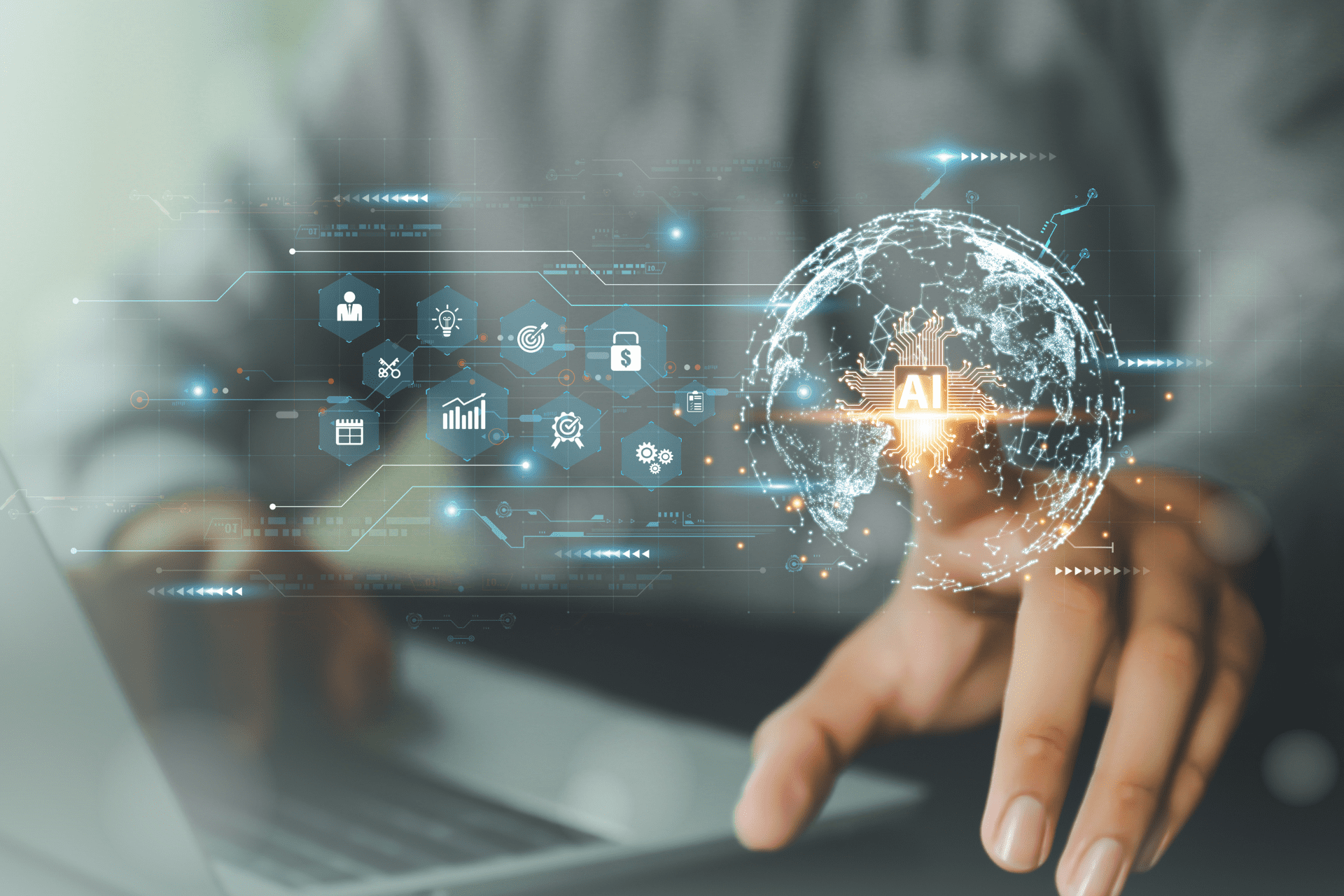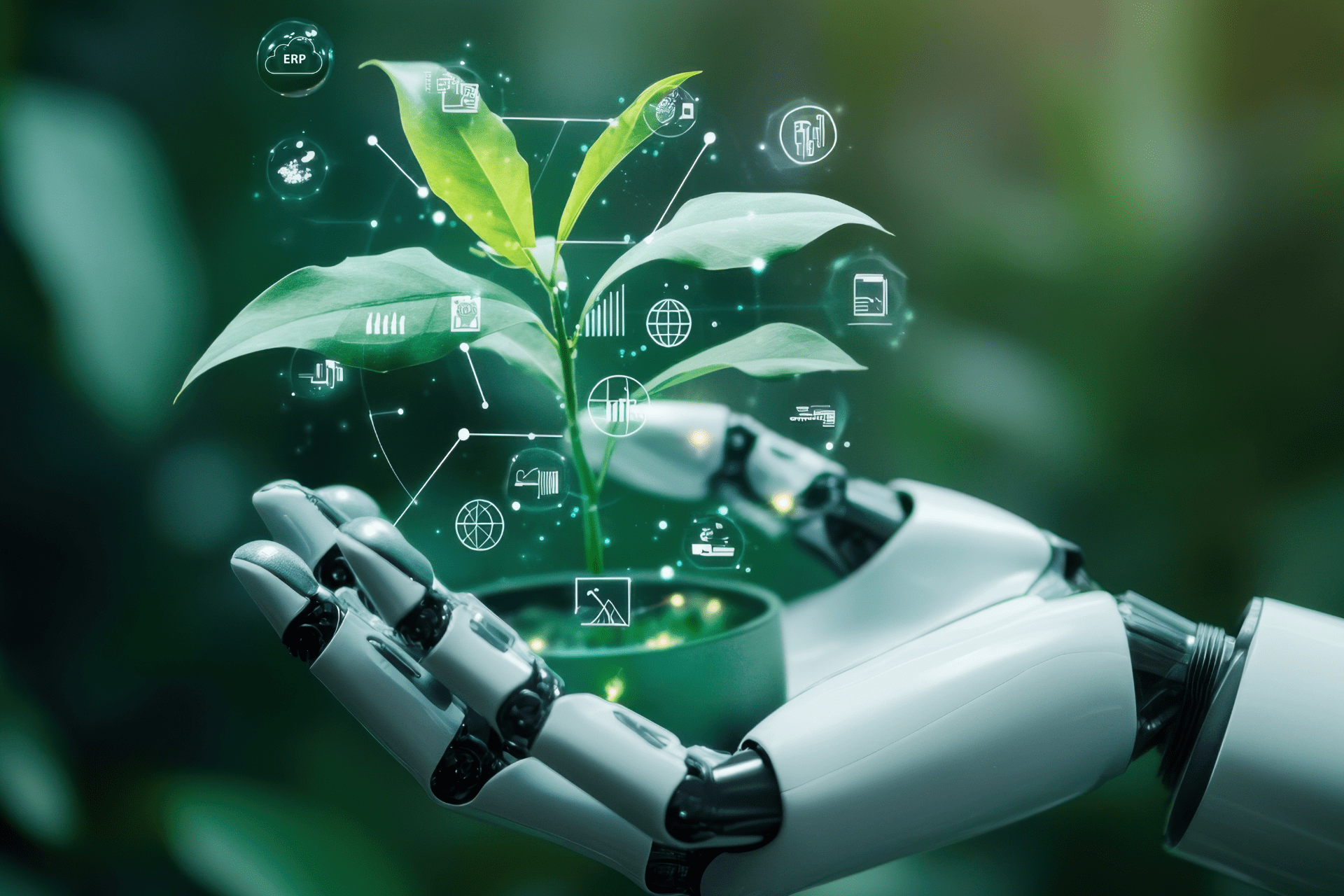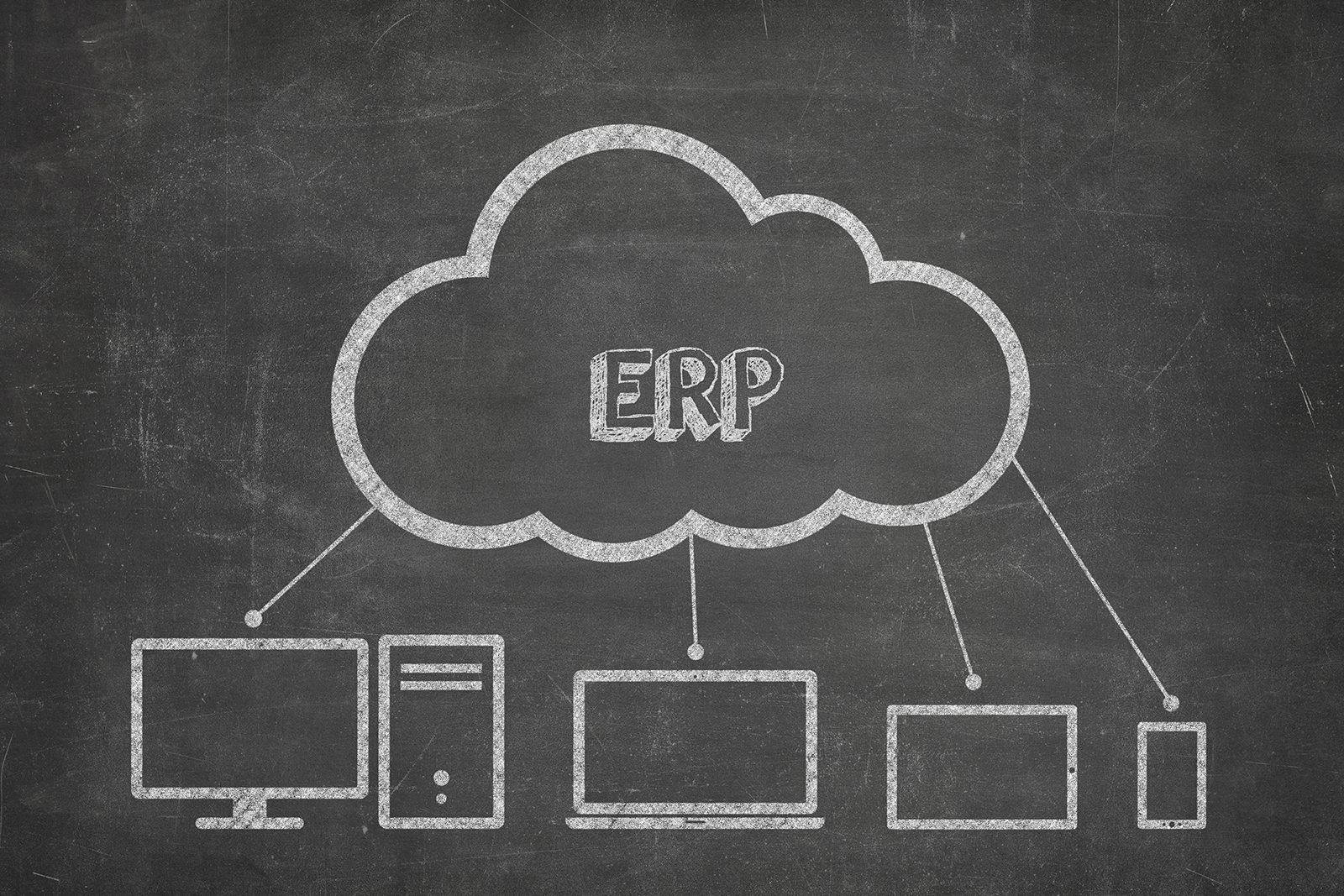Share
Read also

Cloud
The Cloud CRM market will see impressive growth by 2033

Mobility
Key trends in Sales Force Automation

Trends & Views
ΑΙ and digital transformation

Business Software
The benefits of integrating AI into CRM
Innovations in cloud ERP and AI will help businesses track progress and turn sustainability from a challenge to a competitive advantage. By reducing our carbon footprint, combating deforestation, and optimizing resource cycles, technology can turn ambition into action.
Reducing carbon emissions is one of the most critical benchmarks for sustainability and one of the most complex. In recent years, emissions monitoring has become necessary and increasingly mandated by government institutions, such as the EU’s Corporate Sustainability Reporting Directive. However, surveys find that only 10% of businesses measure comprehensively, and these measurements are subject to an error rate of up to 30%.
A cloud ERP-centric approach is required as it integrates emissions data along with financials. It provides businesses with real-time visibility of the impact of their activities on carbon emissions and economic impacts, increasing accuracy so they can forecast, budget and control emissions at the transaction level. In this way, carbon emission data is transformed into strategic insights to boost efficiency, achieve transparency and go beyond regulatory compliance to truly enhance sustainability.
Another major sustainability problem is deforestation – one of the main causes of biodiversity loss and increasing carbon emissions. Forests function as critical carbon sinks, and their destruction not only accelerates climate change but also disrupts ecosystems and communities.
Technology is helping companies to meet this challenge. It allows businesses to verify the origin of materials and ensure compliance with commitments to combat deforestation.
Circular economies – systems designed to minimize waste and maximize the reuse of resources – are becoming increasingly important in sustainability efforts. Instead of the traditional linear model, circular economies keep materials in use for as long as possible, reducing environmental impacts and creating new value streams.
Using technology, businesses automate the calculation of cyclicality scores. This gives them clear information on how they can improve resource efficiency and plan for reuse, repair, or recycling.
As sustainability challenges become more complex and relevant, companies with cloud ERP and AI are rising to the occasion. From reducing carbon emissions to combating deforestation and promoting the circular economy, these technological solutions help businesses turn ambitious sustainability goals into measurable actions.







